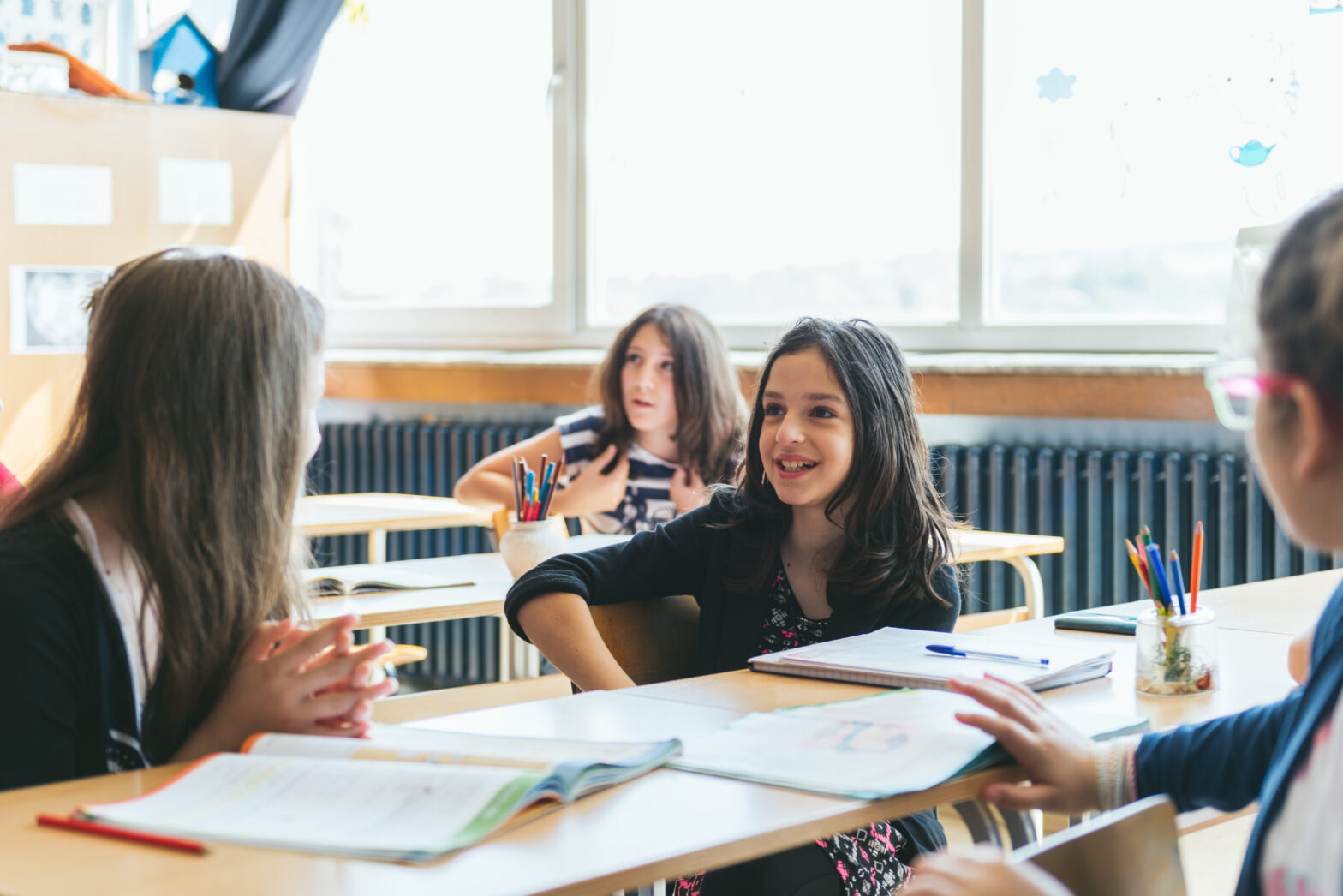Schoolchildren are subjected to a rigorous test at age 11, which is meant to be a precursor to the GCSEs. According to 80 per cent of teachers, however, this test may place a glass ceiling on these children’s academic ability and potential.
The CATs (cognitive ability test), taken by Year 7 children at beginning of secondary school, is meant to be a measurement of intelligence and a predictor of GCSE grades. 70 per cent of Year 7 teachers use the test results to inform level of support given to both the neediest and most adept of pupils yet only 8 per cent believe CATs are very accurate at predicting eventual GCSE performance.
Because of this limiting test, 68 per cent of teachers reportedly feel demoralised and unmotivated in their job from not being able to help most students outperform their CATs predicted grades.
Glass ceiling over achievement
The CATs is a ‘sorting hat’ of sorts that determines the learning groups children are likely to be placed in based on their predicted learning pace. The majority of teachers find this disturbing. These findings come from research commissioned by UK education technology firm Zzish.
Teachers believe this method of grouping students can be detrimental for their learning. One rationale for this is because teaching programmes that are heavily informed by CATs results, at best, only ensure that grade predictions are fulfilled rather than exceeded.
CATs tests are generally regarded in the industry as having a high level of validity – that is, its believed that 95 per cent of the time, the results and predictions it yields for pupils’ academic progress and performance five years later is said to be accurate. Three quarters of secondary school teachers who teach Year 7 who say that they use student progress against CATs predictions in order to decide which students to focus their teaching efforts on, say they do so to ensure underachieving pupils get back on track to attain national average levels of achievement across core curricular subjects – yet only 8 per cent believe unequivocally in its accuracy.
Tests can demoralise students AND teachers
While the assessment is said to be useful in identifying moderate learning difficulties, 68 per cent of teachers admit to feeling demoralised and unmotivated in their job because they were unable to able to help most of their students outperform their CATs predicted grades.
This is particularly true of secondary school Mathematics teachers, and is potentially symptomatic of a wider disengagement problem in the discipline and a critical decline in students pursing it further beyond GCSE.
Demoralisation in teaching is a pervasive issue that continues to beleaguer the profession, where overworked teachers feel that there aren’t enough resources to make a meaningful impact on pupil progression and outcome – but demotivation is particularly troubling. An eighth of teachers in the study who do not use CATs prediction to inform their teaching effort say that students generally fail to exceed their CATs predictions so using the results in this way is not a good use of time.
Breaking a self-fulfilling prophecy
Despite the apparent sense of helplessness that teachers feel in being unable to help a majority of children realise their full academic potential, 78 per cent agree that – with the right teaching and support, many children could still outperform their CATs predictions. An overwhelming 95 per cent of secondary teachers say that if they had more time and resources, they would even be able to transform children who are underachieving into high achievers.
Just under two thirds believe that education technology could be the route to more effective teaching and learning and by extension the key for breaking the self-fulfilling prophecy of CATs scores, but current classroom technology is failing to drive mastery of subjects, optimise teachers’ time and convince sceptics of its efficacy.
94 per cent believed that – as part of a strategy to improve academic performance – education technology had the potential to enhance both children’s enjoyment of learning and their enjoyment of teaching – thereby significantly increasing positive outcomes.
“The CATs system was well intended, but we have inadvertently designed a system around them that reinforces student predictions rather than one that aims to excel them. Students who are behind on predicted progress are given extra help to catch up whereas those that are on track are left alone,” commented Charles Wiles, CEO of Zzish.
“Whilst predictions can add value to our teaching they should not be used to set a glass ceiling on achievement. All children of all abilities should be encouraged to achieve their full potential no matter what their predictions say. To do this we must design systems focused on this mission. The Education Endowment Foundation, for example, has carried out research that shows techniques such as mastery-based learning, meta-cognition and self-regulation can have a tremendous impact on helping students progress faster.”
Technology as an enabler
The edtech marketing is growing at an unprecedented rate. The dashboard approach and gamifying learning is now becoming a mainstay in most curricula. In the case of Zzish, technology has made it much easier for teachers to measure the direct effect of their teaching on how well students perform. According to Wiles, teachers have seen a marked improvement of 8 to 10 per cent in standardised test scores for science.
Wiles, who is a former Google product manager and holds a doctorate in robotics and artificial intelligence, was motivated to set up Zzish, the leading edtech venture in 2014 when – as a single parent – he was trying to get his smart but disengaged and recently bereaved teenage son to enjoy school where he was struggling in the bottom sets.
“I just felt my son’s test scores were not reflective of his true ability,” Wiles said. “I was also really surprised at how passive his teachers were in response to my request that we get him up to the level to do Higher Maths and Triple Science. They tried to convince me that doing the easier courses would not impact his ability to get into the top universities. It also reminded me of another teacher who told me that the tests that students take when they join secondary school, aged 11, are 95 per cent predictive of their final GCSE grades that ‘it doesn’t matter’ what or how subjects are taught; ‘it would make a marginal difference’ to the final outcome. But I believed that something positive could be done. ”
The eureka moment occurred when, one day at work, Wiles got a notification from the SongPop app he played with his daughter, alerting him that it was now his turn to answer a music quiz they were currently playing. Wiles thought, “wouldn’t it be good if this was an educational quiz rather than a pop one? And what if that same app took the performance data and diagnosed learning gaps that, through targeted play, could help a child memorise and master a subject?”
From that one question, he built Zzish and today, 80,000 teachers from 110 countries and a million students currently use it alongside its formative assessment app Quizalize.
In the last five years UK schools have spent more than £1 billion on digital technology. From interactive whiteboards to tablets, there is more digital technology in schools than ever before, which could help reshape the way educators and students co-learn knowledge.
See also: How can assistive technology support a student’s education?






